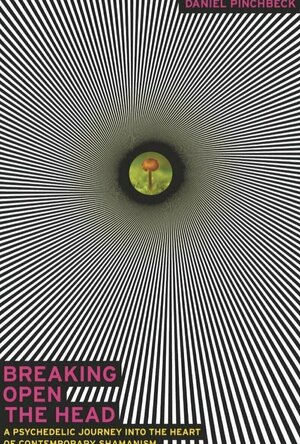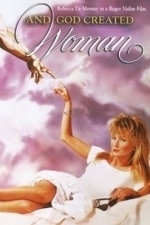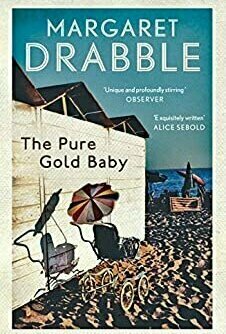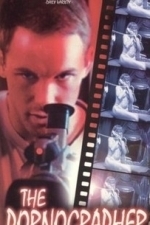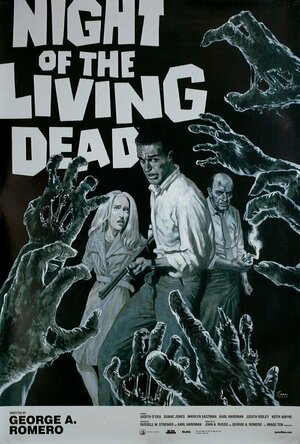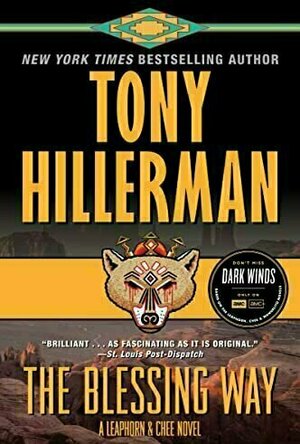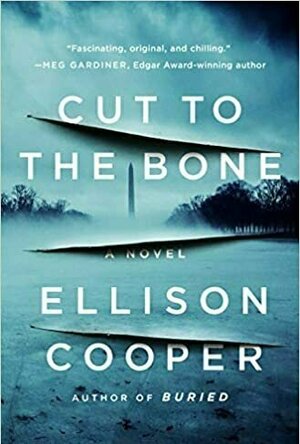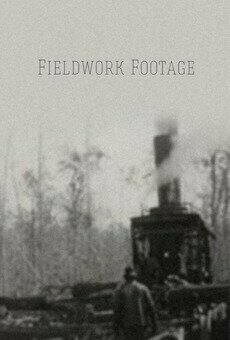Search
Search results
Daniel Ek recommended Guns, Germs and Steel in Books (curated)
I stumbled upon this book in my college library years ago; this narrative/ethnography of shamanic culture juxtaposed with our modern society's obsession with being "woke" gave me a new perspective on MANY things, and even caused me to switch my major to Anthropology so I could keep reading this stuff.
Ana Lily Amirpour recommended And God Created Woman (1988) in Movies (curated)
The Chocolate Lady (94 KP) rated The Pure Gold Baby in Books
Oct 7, 2020
Anna's hidden disability made her mother Jess only want to protect and care for her all the more; especially since she has such a sweet nature - in fact, she is a "Pure Gold Baby". But would caring for Anna be enough for Jess? You can read my revised review of this novel here https://tcl-bookreviews.com/2013/11/15/the-anthropology-of-motherhood/
Jean-Pierre Gorin recommended The Pornographer (1999) in Movies (curated)
Cori June (3033 KP) rated Destiny (Rogue Angel, #1) in Books
Jul 29, 2021
The idea (1 more)
Fight scenes
Getting pulled out of the narrative (2 more)
Mary Sue-ish character
The execution of the idea
Yeah , I finished the book, I'm not sure why.
There was something about the use of passive voice or phrasing that pulled me out of the story. If it was obvious in its rudeness I usually rolled my eyes and moved on, it was the subtle stuff that had me going am I supposed to be reading it this way?
The fight scenes where well choreographed that's the best I can say about this book. That and the anthropology and archeology which can be a dangerous profession especially for women (as my teachers repeatedly told me with anecdotes). But sometimes when they talked about it, I felt like they (the author) was chasing rabbits.
I tried to like the main character, Annja, but she was too full of cliches that even though she was quippy it fell short. Like the author was trying too hard. And there was so much plot armor in actually put the book down during fight scenes because there wasn't a sense of danger.
I'm not continuing with the series and will be rehoming this book, either giving it away or selling to a used bookstore, so that someone who can appreciate it has a chance to find it.
There was something about the use of passive voice or phrasing that pulled me out of the story. If it was obvious in its rudeness I usually rolled my eyes and moved on, it was the subtle stuff that had me going am I supposed to be reading it this way?
The fight scenes where well choreographed that's the best I can say about this book. That and the anthropology and archeology which can be a dangerous profession especially for women (as my teachers repeatedly told me with anecdotes). But sometimes when they talked about it, I felt like they (the author) was chasing rabbits.
I tried to like the main character, Annja, but she was too full of cliches that even though she was quippy it fell short. Like the author was trying too hard. And there was so much plot armor in actually put the book down during fight scenes because there wasn't a sense of danger.
I'm not continuing with the series and will be rehoming this book, either giving it away or selling to a used bookstore, so that someone who can appreciate it has a chance to find it.
Wes Craven recommended Night of the Living Dead (1968) in Movies (curated)
Mark @ Carstairs Considers (2460 KP) rated The Blessing Way (Leaphorn & Chee, #1) in Books
Nov 22, 2023
Interesting Debut
Anthropology professor Bergen McKee is going to spend the summer on the Navajo Reservation working on his book on witches in the Navajo culture. That means reconnecting with his college friend Joe Leaphorn, who is a Navajo Tribal Police Lieutenant. Leaphorn is trying to track down a young man who is hiding on the reservation, and he uses taking McKee around to try to learn the man’s location. Then the young man turns up dead miles from here Leaphorn thought he was. Meanwhile, McKee finds danger he never imagined while conducting his research. Is everything connected?
I’d been interested in starting this series for a while, and I’m glad I finally did. It took a bit to get fully immersed in the book, especially since it didn’t unfold like I thought it would. McKee is more of the main character and the better developed of the two, although I did like Leaphorn and want to learn more about him. The plot also seemed a little disjointed at first, although it came into focus before too much time had passed. Once I did get invested, I was truly hooked with plenty of suspense to keep me interested. I enjoyed learning a bit more about Navajo culture. While definitely a cross between a police procedural and a thriller, it still doesn’t have much of the content I would associate with the genres. The book came out in 1970, so keep that in mind when you go to start it. I’m glad I finally started the series, and I’m looking forward to getting to know Leaphorn better as the series goes along.
I’d been interested in starting this series for a while, and I’m glad I finally did. It took a bit to get fully immersed in the book, especially since it didn’t unfold like I thought it would. McKee is more of the main character and the better developed of the two, although I did like Leaphorn and want to learn more about him. The plot also seemed a little disjointed at first, although it came into focus before too much time had passed. Once I did get invested, I was truly hooked with plenty of suspense to keep me interested. I enjoyed learning a bit more about Navajo culture. While definitely a cross between a police procedural and a thriller, it still doesn’t have much of the content I would associate with the genres. The book came out in 1970, so keep that in mind when you go to start it. I’m glad I finally started the series, and I’m looking forward to getting to know Leaphorn better as the series goes along.
Kristy H (1252 KP) rated Cut to the Bone in Books
Aug 6, 2020
I absolutely love the Sayer Altair series and book three didn't disappoint one bit. What is not to love about an incredibly intelligent kickass black FBI agent who takes no prisoners? While Sayer lost her FBI agent fiancé, Jake, several years ago--something she's still reeling from--she's now surrounded herself by her own makeshift family: Adi; her neighbor, Tino; and Ezra. And, of course, there's her witty and tough grandmother, Nana, who raised Sayer. Coming back to this crew as a reader feels like returning to family. Cooper excels at capturing each character's unique voice, and I'm so fond of them all. We even get an appearance from Sayer's former boss, Holt, who has been kicked out of the FBI in a scandal covered in the previous books.
The mystery plot here is a really wild but totally engaging case. There are lots of references to Egypt and plenty to keep you on your toes. It is a tense and suspenseful tale and Cooper throws in plenty of well-timed twists and turns. The story turns personal for Sayer, and I was certainly riveted. Cooper writes in a quick, fast-paced style that makes it easy to keep flipping the pages.
All the books in this series are dark, and this one is no exception. They are not especially for the faint of heart. A lot of death and gruesome descriptions. It is easy to see that Cooper, who has a Ph.D. in anthropology and worked as a murder investigator, knows her stuff. For me, the authenticity just makes the story pop off the pages even more.
This book ends with a total boom for Sayer, and I cannot wait for the next installment. As I said, I love this series and adore Sayer and her little family. If you haven't read the entire series, I recommend starting with book one, but this one will standalone, especially if you love a twisty and engaging thriller. 4+ stars.
The mystery plot here is a really wild but totally engaging case. There are lots of references to Egypt and plenty to keep you on your toes. It is a tense and suspenseful tale and Cooper throws in plenty of well-timed twists and turns. The story turns personal for Sayer, and I was certainly riveted. Cooper writes in a quick, fast-paced style that makes it easy to keep flipping the pages.
All the books in this series are dark, and this one is no exception. They are not especially for the faint of heart. A lot of death and gruesome descriptions. It is easy to see that Cooper, who has a Ph.D. in anthropology and worked as a murder investigator, knows her stuff. For me, the authenticity just makes the story pop off the pages even more.
This book ends with a total boom for Sayer, and I cannot wait for the next installment. As I said, I love this series and adore Sayer and her little family. If you haven't read the entire series, I recommend starting with book one, but this one will standalone, especially if you love a twisty and engaging thriller. 4+ stars.

